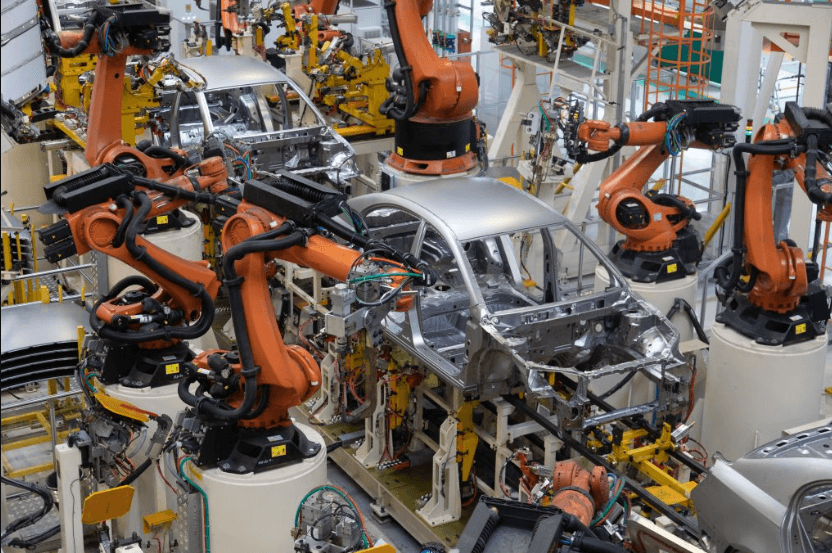The Impact of Robotics in Modern Industry
The integration of robotics in modern industry has reshaped operational frameworks. These technologies streamline processes, reduce errors, and enhance overall productivity. However, as automation takes precedence, it raises critical questions about workforce dynamics and the necessity for skill adaptation. Organizations face both challenges and opportunities in this evolving landscape. Understanding the implications of these changes will reveal the true extent of robotics’ impact on industry practices and employee roles.
Enhancing Efficiency and Productivity
Robotics revolutionizes modern industry by significantly enhancing efficiency and productivity across various sectors.
Through automation integration, businesses achieve seamless workflows, reducing manual errors and downtime.
Process optimization is facilitated as robotic systems execute tasks with precision and speed, enabling firms to allocate resources more effectively.
This technological advancement empowers organizations to adapt swiftly to market demands, ultimately fostering economic growth and innovation.
See also: The Impact of Digital Transformation on Small Businesses
Transforming Workforce Dynamics
As industries increasingly adopt automation technologies, workforce dynamics are undergoing a significant transformation.
Job displacement is a notable consequence, as machines replace traditional roles. However, this shift necessitates skill adaptation among workers, fostering a landscape where continuous learning becomes essential.
Employees must embrace new competencies to remain relevant, ensuring that the workforce adapts to the evolving demands of a technology-driven environment.
Navigating Challenges and Opportunities
The shift towards automation introduces a complex landscape filled with both challenges and opportunities for industries.
Effective automation integration necessitates strategic planning and investment, which may strain resources. Conversely, it fosters skill development, empowering the workforce to adapt to evolving roles.
Conclusion
In an era defined by the relentless march of robotics, industries stand on the precipice of a revolution, where efficiency and productivity soar to unimaginable heights. However, this technological juggernaut demands a seismic shift in workforce dynamics, compelling workers to evolve or risk obsolescence. As organizations navigate this intricate landscape of challenges and opportunities, the stakes have never been higher; the future hinges on the delicate balance between embracing automation and safeguarding human ingenuity against the encroaching tide of machines.




